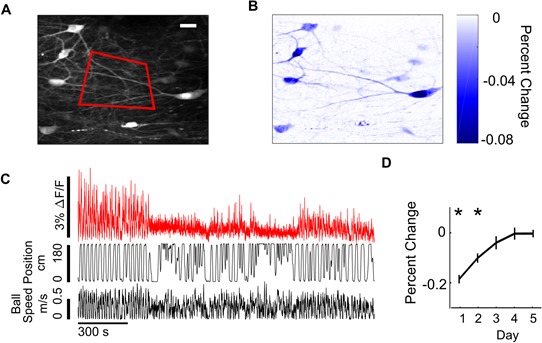Figure 2. SOM+ interneuron (SOM-int) activity suppression in new environments.
(A–C) Example data from individual mouse (SOM 1). (A) Top, position in VR track of example mouse. Middle, ΔF/F of sample SOM-ints showing activity suppression in New. (B) Mean ΔF/F of all cells from example mouse on Day 1 of New exposure in each environment (gray), mean ΔF/F of example cells from (A) in corresponding colors, with mean of all cells (black). (C) Histogram of percent change in ΔF/F of SOM-ints shown in panel (B) in New relative to FamAve on Day 1. (D) Activity suppression in New decreases with exposure over days (cells from all mice). (E) SOM-int activity is initially suppressed but recovers over days of exposure to New. (F) Performance in New world increases over days. (G) Mice increasingly slow down prior to reward in New. (N = 10, n = 209 cells; n.s. p>0.05, *p<0.05, **p<0.01, ***p<0.001 by paired sample t-test or one-sample t-test with Bonferroni-Holm corrections).
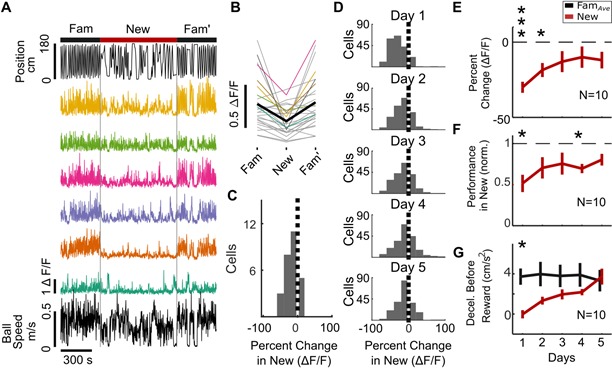
Figure 2—figure supplement 1. SOM-int activity suppression in multiple example animals.
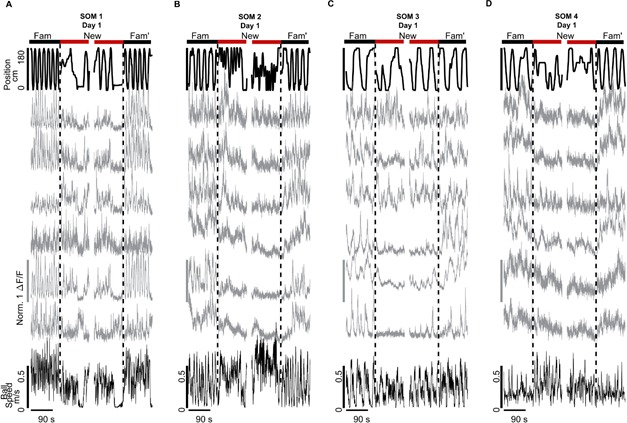
Figure 2—figure supplement 2. SOM-int activity suppression over 5 days of remapping into New.
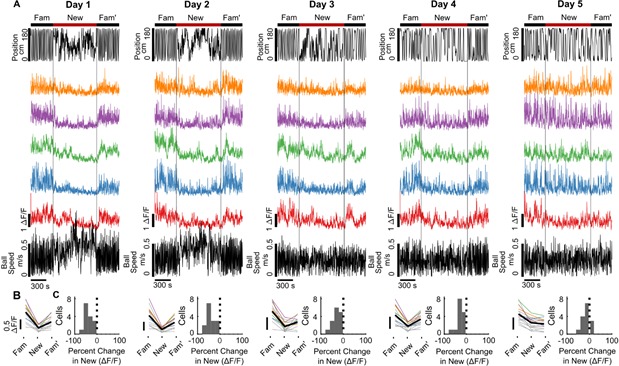
Figure 2—figure supplement 3. Broad SOM-int firing fields in Fam and New on Day 1.
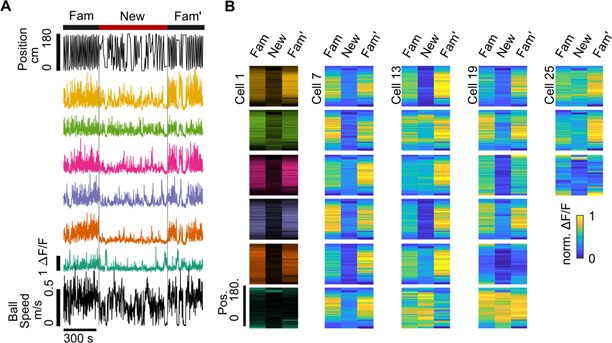
Figure 2—figure supplement 4. Suppression of SOM-int neurite activity.
